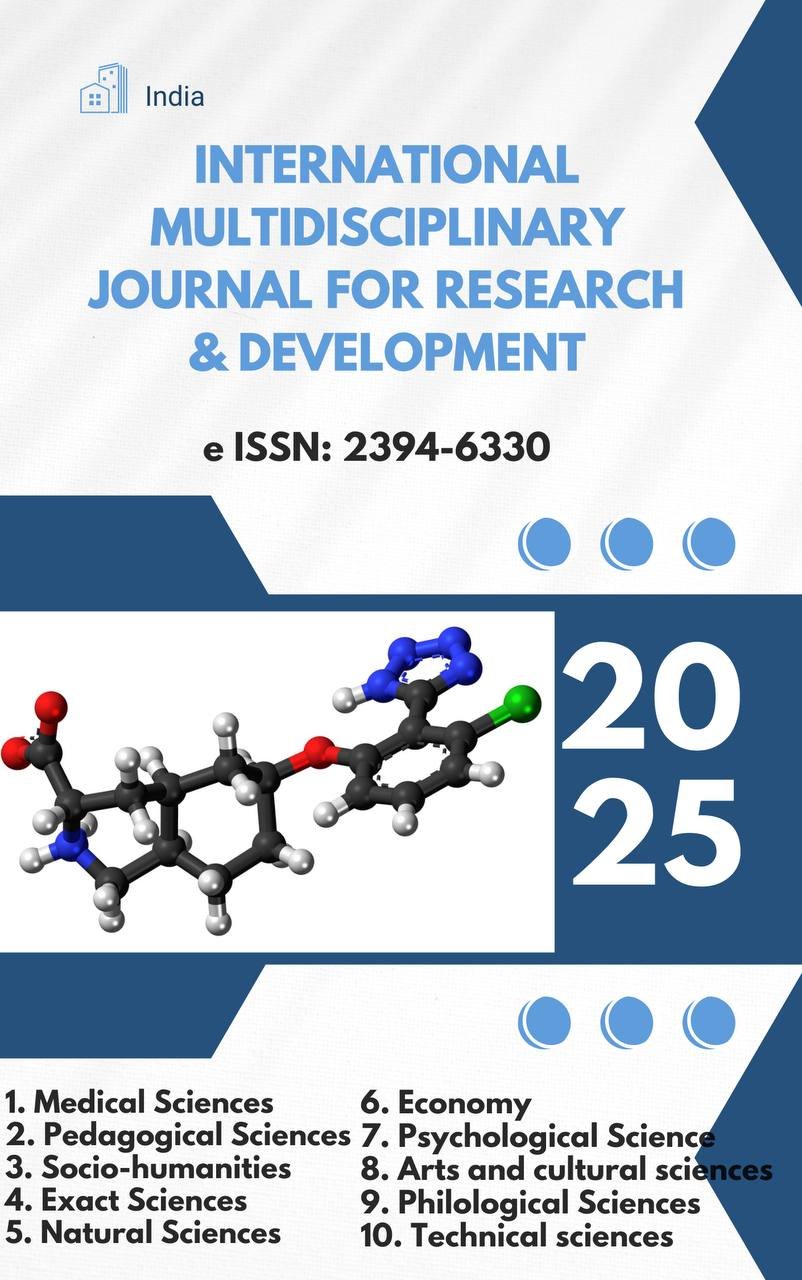SURGICAL MANAGEMENT OF BILIARY TRACT DISEASES: COMPREHENSIVE REVIEW OF MODERN APPROACHES

Abstract
Biliary tract surgery represents a cornerstone of abdominal surgery, addressing gallstone disease, bile duct obstruction, strictures, and hepatobiliary trauma. This comprehensive review analyzes current operative techniques, including laparoscopic cholecystectomy, open and laparoscopic common bile duct (CBD) exploration, and complex biliary reconstructions. A total of 280 patients undergoing various biliary procedures were analyzed, comparing perioperative outcomes, complications, and recovery protocols. Laparoscopic techniques demonstrated reduced morbidity and shorter hospitalization compared to open approaches. Integration of Enhanced Recovery After Surgery (ERAS) protocols significantly improved early mobilization and nutritional tolerance. These findings highlight the importance of minimally invasive strategies, precise anatomical dissection, and evidence-based perioperative care to optimize outcomes in biliary tract surgery.
Keywords
Biliary tract surgery, Cholecystectomy, Common bile duct exploration, Laparoscopic surgery, Hepatobiliary reconstruction, Gallstone disease, Biliary obstruction, ERAS protocols.
References
- Bansal, V. K., et al. (2020). Laparoscopic versus open cholecystectomy outcomes. Surgical Endoscopy, 34(3), 1235–1243.
- Elshaer, M., et al. (2015). Management of bile duct injuries. British Journal of Surgery, 102(2), 170–181.
- Kang, C. M., & Lee, W. J. (2017). Advances in laparoscopic hepatobiliary surgery. Annals of Hepato-Biliary-Pancreatic Surgery, 21(1), 1–7.
- McFadden, D. W., et al. (2018). ERAS in biliary surgery: Outcomes and protocols. Journal of Gastrointestinal Surgery, 22(5), 892–900.
- Nagino, M., et al. (2013). Hepaticojejunostomy for biliary strictures. Annals of Surgery, 258(2), 231–240.